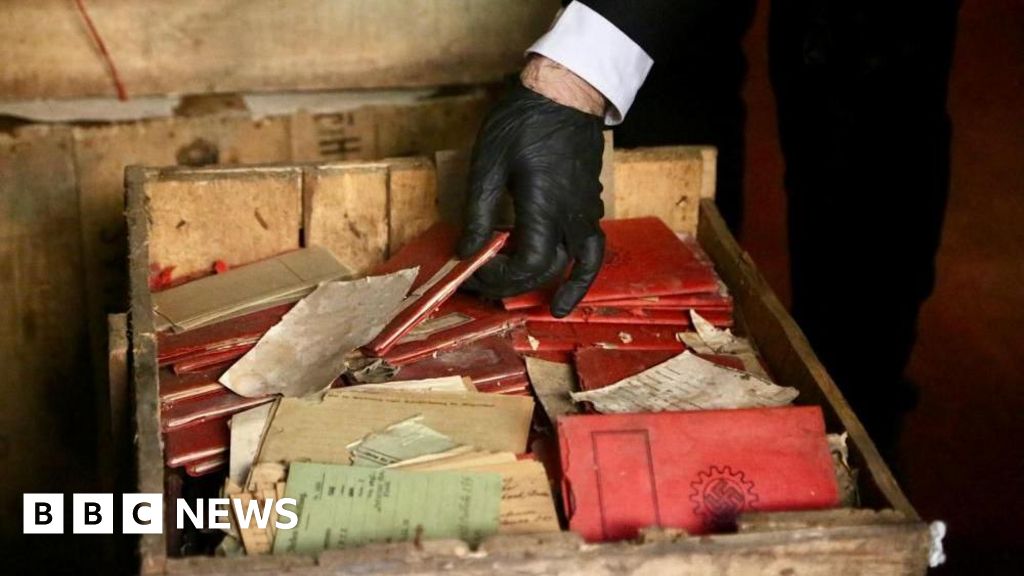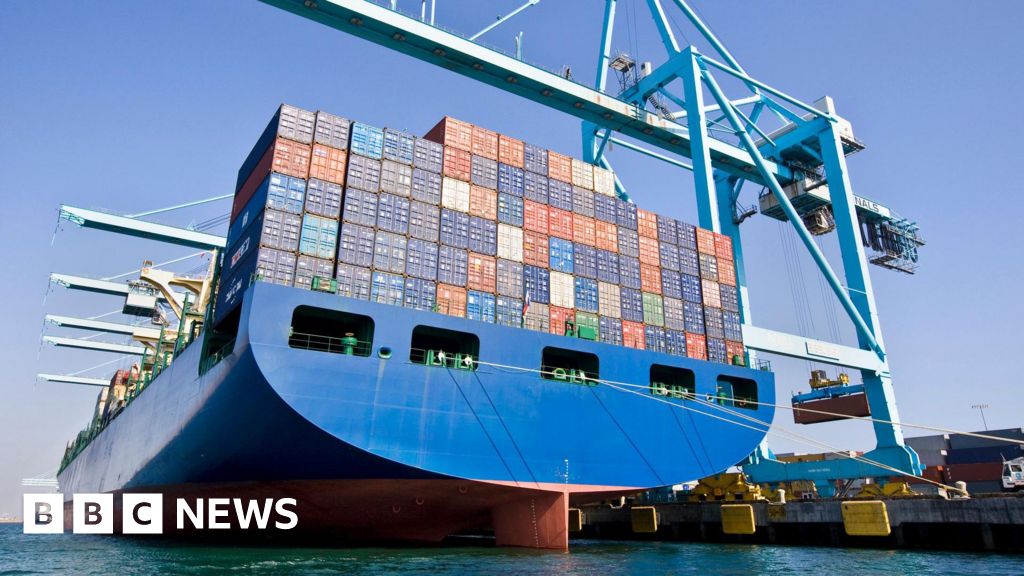Crates containing documents from Nazi Germany have been rediscovered in the basement of Argentina’s Supreme Court.
The unusual find was made as workers were clearing the building’s basement ahead of its archives being moved to a newly created museum.
The documents were sent by the German embassy in Tokyo and arrived in Argentina on 20 June 1941 inside 83 diplomatic pouches aboard a Japanese steamship, according to information gathered by court officials.
They ended up in the Supreme Court that same year after they were confiscated by Argentine customs officials who had opened five pouches at random and found Nazi propaganda material inside.
They were rediscovered last week by workers who were intrigued by a number of wooden champagne crates they stumbled upon while moving archival material from the Supreme Court’s basement.
“Upon opening one of the boxes, we identified material intended to consolidate and propagate Adolf Hitler’s ideology in Argentina during [World War Two],” the court said about the find.
The crates were quickly moved to a secure office in the building and court officials alerted the Buenos Aires Holocaust Museum to their existence and asked for its help in creating an inventory of all their contents.
Photos published by the court show the experts sifting through black-and-white photos and membership booklets bearing swastikas on their covers.
Historians hope the documents will yield clues to the Nazis’ financial networks and their international ties.
In a statement, Argentina’s Supreme Court revealed the information it had managed to piece together so far.
It said the documents, which arrived in Argentina on board the Nan-a-Maru steamship from Tokyo in June 1941, had been declared as “personal effects” by the German embassy in Buenos Aires at the time.
However, Argentine custom officials were suspicious because of the size of the shipment and alerted the Argentine foreign minister, fearing it could contain material which could endanger Argentina’s neutral stance in World War Two at the time.
Five of the pouches were opened at random and found to contain postcards, photographs and Nazi propaganda material.
The German embassy in Buenos Aires requested that the pouches be sent back to its embassy in Tokyo – from where they had been sent in the first place – but an Argentine judge ordered in September 1941 that all of the 83 pouches be seized.
Argentina’s Supreme Court was tasked with the decision as to what to do with them next but it appears no decision was made before 1944 – when Argentina broke relations with the Axis powers – explaining how the crates ended up gathering dust in the court’s basement for decades.
After the end of World War Two, Argentina – under the leadership of Juan Perón – became a place of refuge for a number of high-ranking Nazis, including Adolf Eichmann and Josef Mengele.
In 2000, President Fernando de la Rúa officially apologised for his country’s role in harbouring Nazi war criminals.
















Leave a Reply